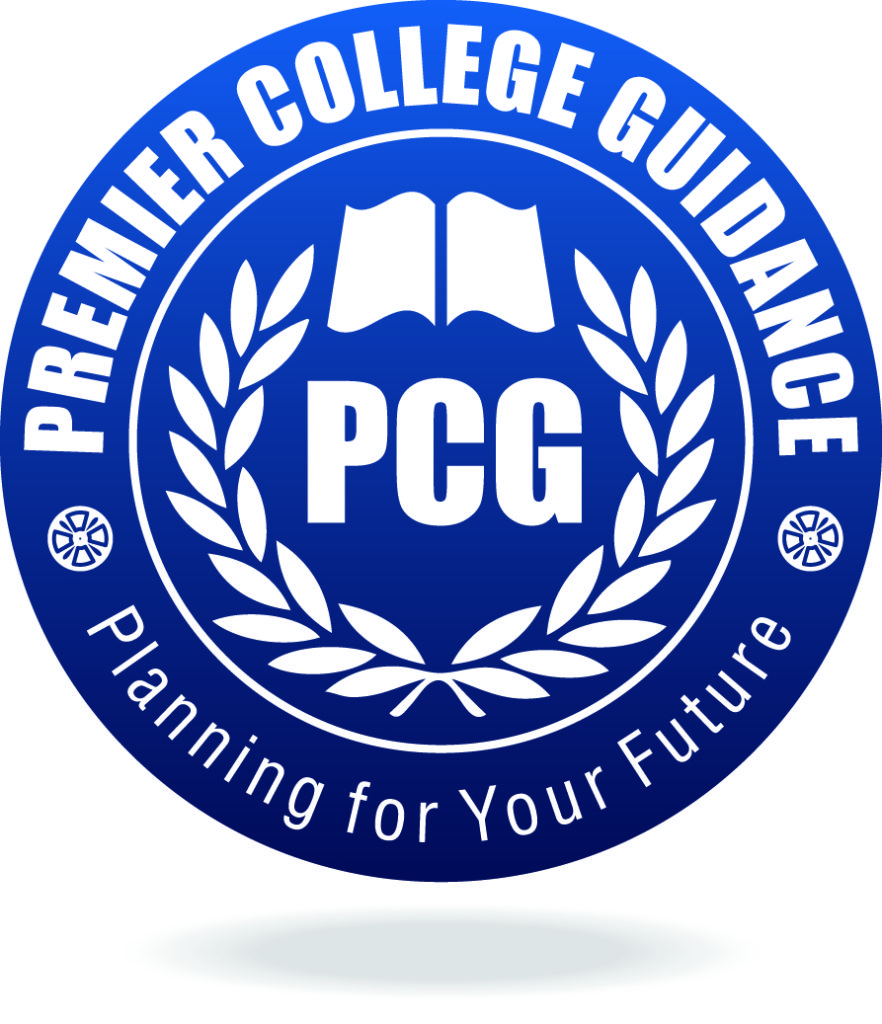Welcome to this companion masterclass focused exclusively on how to create, execute, and showcase a powerful DIY summer initiative. While pre-college programs offer structure, designing your own initiative puts you in the driver’s seat—proving independence, creativity, and a sense of purpose that colleges truly notice. This is about more than filling time—it’s about building a narrative of growth, leadership, and intellectual curiosity.
Why a DIY Initiative Can Outshine Traditional Summer Programs
- Flexibility and Focus: You can tailor the project around your specific interests and goals.
- Demonstrated Initiative: Colleges value students who don’t wait for opportunity—they create it.
- Cost-Effective: Most DIY initiatives can be done with little to no financial investment.
- Depth Over Prestige: You gain real depth in a subject or service area instead of checking a box.
Core Pillars of a High-Impact DIY Summer Initiative
- Academic or Intellectual Exploration
Choose a subject or concept that sparks curiosity. But go beyond basic research.
- Example: If interested in neuroscience, create a case study presentation on emerging treatments, conduct interviews with professionals, or analyze journal articles and synthesize findings in a whitepaper.
- Use academic databases like JSTOR or PubMed through your school or local library for credible sources, and track your sources using Zotero for academic polish.
- Community-Centered Engagement
Create a project that addresses a local need or builds public good. Colleges love when students connect learning to community.
- Example: If passionate about education, launch a weekend STEM bootcamp for middle school students at your local library.
- Partner with existing nonprofits to scale impact and receive a letter verifying your leadership.
- Interdisciplinary Integration
Blend interests for a unique academic signature. Combine arts with data science, or psychology with coding.
- Example: Build an app that maps community health services and write an accompanying report on health equity in your region.
- Frame the initiative around a question that intersects disciplines—then build your project as a response to it.
The Blueprint: Building Your DIY Summer Initiative in 6 Steps
Step 1: Identify a Theme With Purpose
Ask: “What issue, curiosity, or passion keeps surfacing in my schoolwork, hobbies, or conversations?” This becomes your anchor.
- Write a mission statement in one sentence: “This summer, I want to explore…”
Step 2: Define Tangible Outcomes
What will you produce by the end of summer? A research paper? A website? A community event? Be specific.
- Think in terms of portfolio assets: slide decks, reports, videos, toolkits, case studies.
Step 3: Create a Timeline With Milestones
Break your summer into weeks. Each should include:
- Learning time (reading, interviewing, researching)
- Building time (developing your project, writing, or coding)
- Reflection/documentation time (journaling your growth)
Step 4: Seek Mentorship, Not Just Guidance
- Reach out to 2–3 individuals who have worked in the field you’re exploring. Ask for 20 minutes of advice—not a formal mentorship.
- Show up prepared with questions and ask if you can check in mid-project.
- Keep notes and summarize your conversations as part of your final documentation.
Step 5: Build Your Deliverable and Share It
- Package your work in a professional format: blog, website, visual presentation, research paper, or digital product.
- Publish on platforms like Medium, Substack, GitHub, or even create your own simple site using Carrd or Wix.
Step 6: Collect Evidence and Endorsement
- Ask mentors, collaborators, or supervisors to write a short letter or testimonial summarizing your contributions.
- Save screenshots, files, and links. Archive everything.
How to Present It on Applications
- Activities Section: Treat it as a formal activity. Use quantifiable impact: “Founded a 6-week coding workshop for 14 students at local YMCA; built original curriculum and secured $500 in local grants.”
- Additional Info Section: Provide a link to your portfolio or summarize the project’s outcomes.
- Essays: Weave it into your narrative. Describe what inspired the initiative, the challenges faced, and what it taught you.
- Recommendation Letters: Share your final product with recommenders—they may reference it.
Examples of DIY Initiatives That Worked
- Science + Activism: A student passionate about environmental science conducted a local air quality study and presented findings to the city council.
- Arts + Mental Health: A student launched a visual art campaign titled “Through My Mind’s Eye,” collecting anonymous student stories and illustrating them.
- Entrepreneurship + Technology: A student built a budgeting app for teens and wrote a blog series about financial literacy.
Your summer is a blank canvas. When you design your own initiative, you don’t just prepare for college—you build the habits and mindset of a future leader, researcher, or changemaker. Be intentional, be bold, and start now. The most meaningful project might be the one you create yourself.
Downloadable Resource: Summer Program Evaluation Tool — Use this to evaluate pre-college programs or to map out your DIY project idea, including goals, deliverables, timelines, and documentation strategy.

Recent Comments